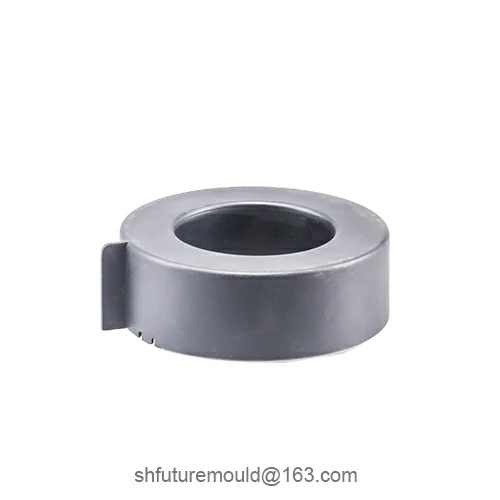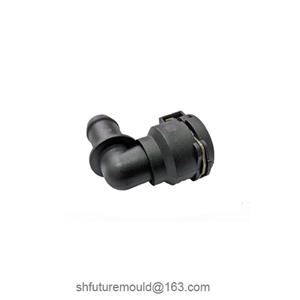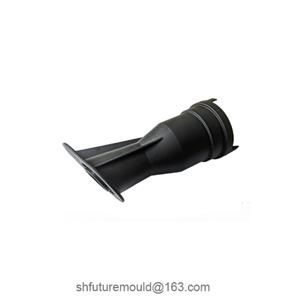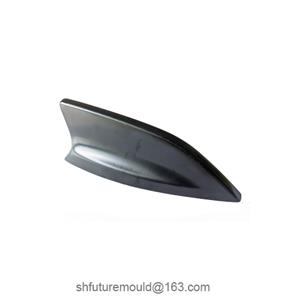Requirements for Seal Grooves in Injection Mold Cooling Systems
In injection mold cooling systems, the design of seal grooves is critical to ensuring coolant channel sealing and cooling efficiency. Poorly designed seal grooves can lead to coolant leakage, reduced cooling performance, and even compromise mold lifespan and product quality.
1. Precise Groove Dimensions for Effective Sealing
Seal groove dimensions must match the specifications of the sealing ring. The groove should allow the seal to fit snugly without excessive tightness or looseness. Overly tight grooves risk deforming the seal and complicating installation, while loose grooves compromise sealing and increase leakage risks.
2. Optimized Geometry to Prevent Seal Damage
Groove edges should incorporate rounded or chamfered corners (typically R0.2mm–R0.5mm) to avoid damaging the seal during installation. Sharp edges or burrs can cause seal rupture or premature aging. The groove base must remain smooth and flat, with minimized surface roughness to prevent sealing failures.
3. Controlled Compression Ratio for Reliable Sealing
Seal compression—the deformation after installation—directly impacts sealing performance. For rubber O-rings, a compression ratio of 20%–30% is ideal. Insufficient compression reduces sealing force, while excessive compression causes stress concentration, deformation, or accelerated aging. Groove design must account for material properties and operating conditions.
4. Corrosion-Resistant Materials
Seal grooves are typically machined from high-strength, corrosion-resistant metals like stainless steel or chrome-plated steel. The sealing rings themselves must withstand prolonged exposure to water or coolants. Materials like fluorocarbon rubber (FKM), silicone rubber (VMQ), or nitrile rubber (NBR) are preferred for their heat and chemical resistance.
5. High Machining Precision to Minimize Leakage
Seal groove machining precision directly affects sealing integrity. The groove base should achieve a surface roughness of Ra 0.8 μm or lower to mitigate micro-leakage risks. Tight tolerances between grooves and coolant channels are essential to prevent misalignment-induced leaks, ensuring reliable long-term performance.
- Injection Mold
- Automotive Injection Mold
- Electronics & Electrical Injection Mold
- Consumer Goods Injection Mold
- Airplane Components Injection Mold
- Medical Components Injection Mold
- Irrigation Components Injection Mold
- Injection Molds




